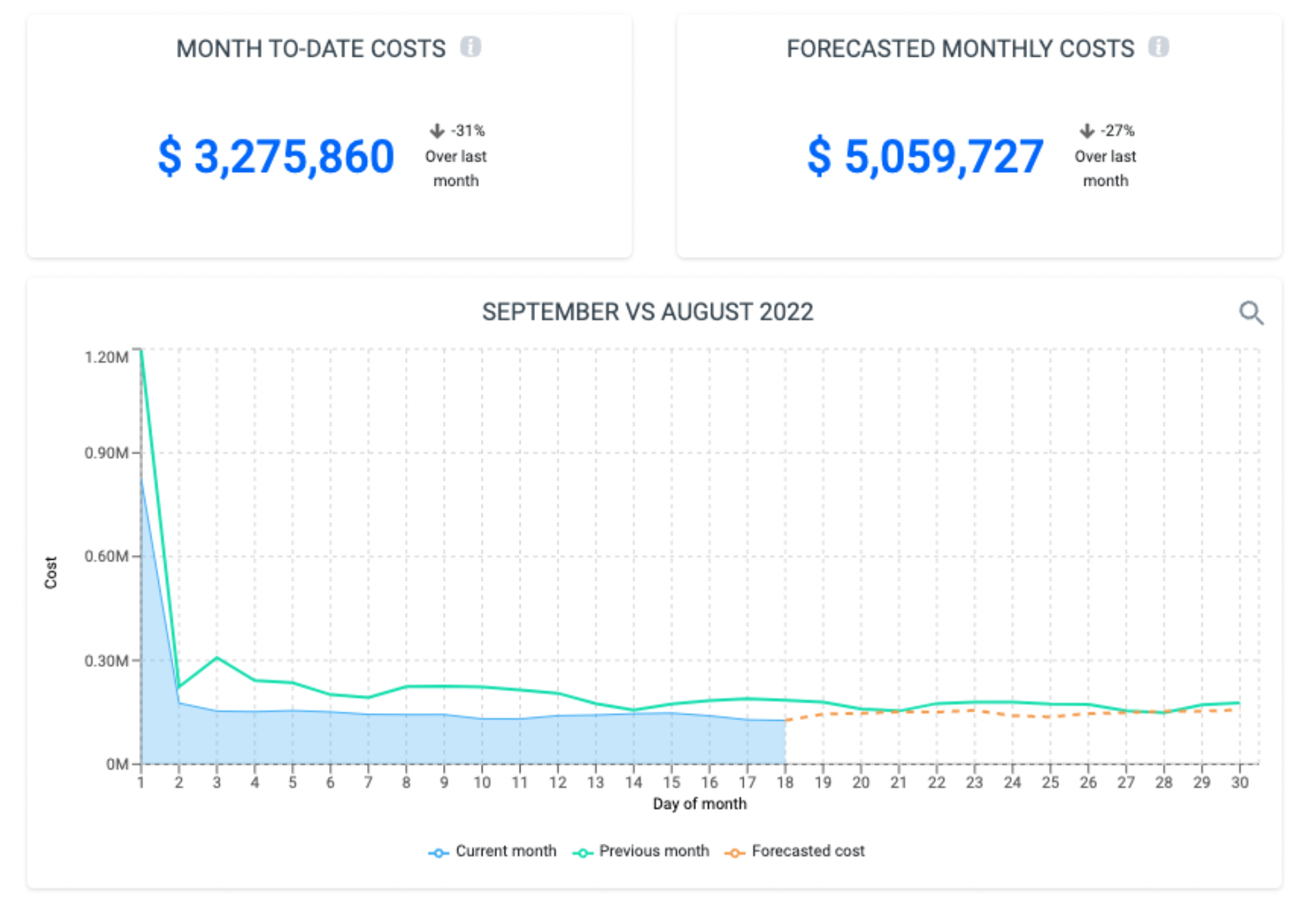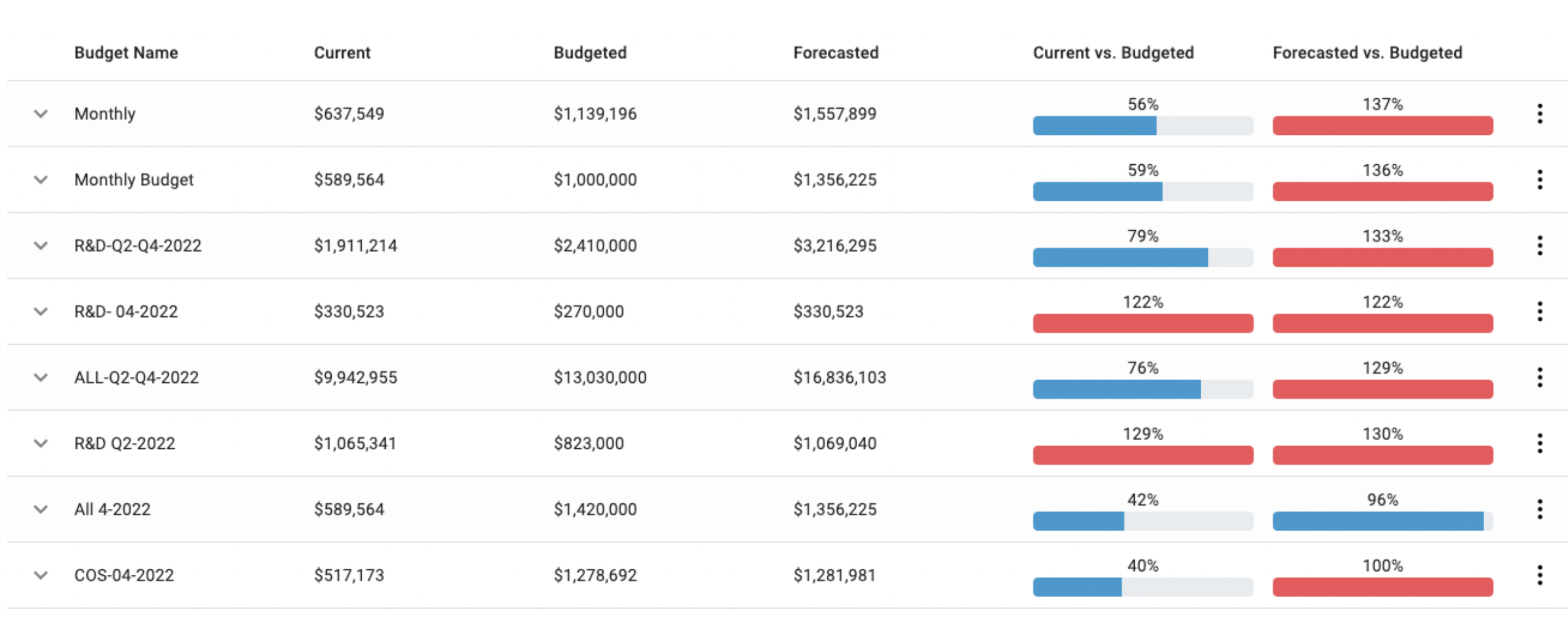The on-demand infrastructure of the cloud has its benefits and challenges. While it allows flexibility and immediate availability, the rapid fluctuations of cloud use makes it difficult to forecast and budget.
The goal of forecasting is to help businesses anticipate results and create budgets. It’s typically based on a combination of historical spending and an evaluation of future infrastructure and application plans.
Anodot’s cloud and data science experts recently recently led a webinar discussing strategies for forecasting future multicloud spend across AWS, Azure, GCP and Kubernetes.
4 types of FinOps forecasting
Ira Cohen, Anodot’s Chief Data Scientist and Jeff Haines, Anodot’s Director of Marketing explained that in order to help control spending, business should leverage four types of FinOps forecasting:
- Planning: long-term – Foresee the long term evolution of your cloud costs based on past usage and inputs about what might happen in the next year or two
- Budgeting: mid-term – Analyze budgets that were allocated to different teams or business units every few months or quarter to ensure they are on track
- Monitoring: short-term – Forecast through the next month looking at forecast vs. actual vs. budgeted, track progress and take action if over budget
- Insight generation for proactive FinOps – Forecasting to generate insights and cost saving recommendations
Capabilities required for forecasting models
- Granularity – Forecasting for different clouds, services teams and products
- Accuracy – Use the forecast at any granularity to get accurate budgets
- Flexibility – Should be flexible enough to adapt to changes
Forecasting cloud spend with Anodot
Cohen and Haines discussed the example of of short term ML-powered forecasting with Anodot.
In this graph, the teal line tracks the previous calendar month actual spend by day and the blue area is showing the actual current month spend in September. The filled blue area represents the actual spend.In this example, month to date costs were about $3.2 million dollars. The dotted orange line represents Anodot’s AI-generated forecast for the remainder of the month which is estimated to be a little over $5 million.

You’re able to configure budgets for business objects like linked accounts, services, teams, and projects.
This overview shows current versus budgeted consumption for each budget, as well as forecasted versus budgeted consumption.
You can set budgets monthly, monthly through the quarter, and monthly for the next calendar or fiscal year.

- Deep visibility and insights – Report on and allocate 100% of your multicloud costs and deliver relevant reporting for each persona in your FinOps organization.
- Easy-to-action savings recommendations – Reduce waste and maximize utilization with 40+ savings recommendations personalized to your business
- Immediate value – You’ll know how much you can immediately save from day one and rely on pre-configured, customized reports to begin eliminating waste.
With Anodot’s continuous monitoring and deep visibility, engineers gain the power to eliminate unpredictable spending. Anodot automatically learns each service usage pattern and alerts relevant teams to irregular cloud spend and usage anomalies, providing the full context of what is happening for the fastest time to resolution.
Start optimizing your cloud costs today!
Connect with one of our cloud cost management specialists to learn how Anodot can help your organization control costs, optimize resources and reduce cloud waste.





